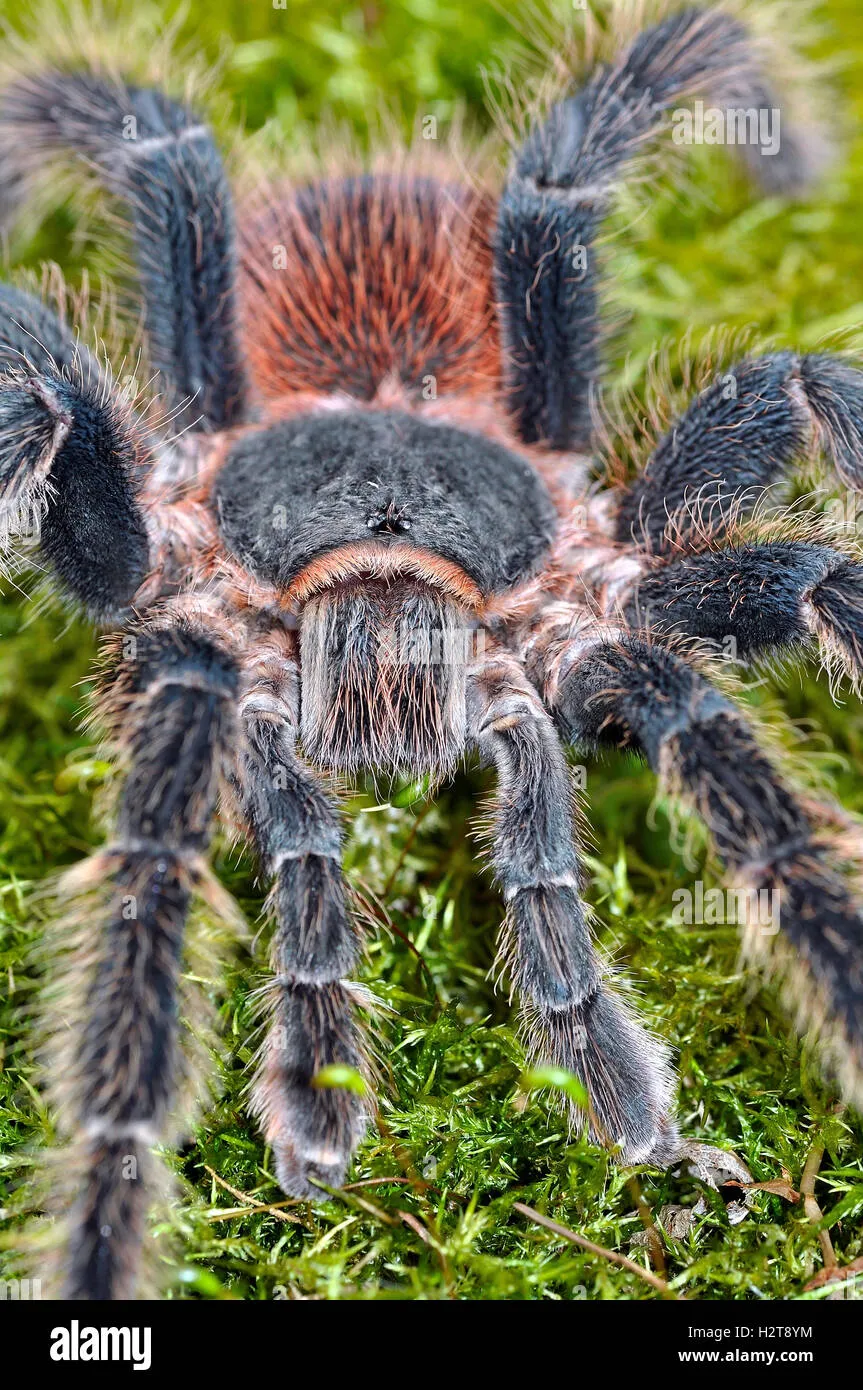What is a Black Bird Eater Tarantula?
The Black Bird Eater Tarantula, scientifically known as Theraphosa blondi, is one of the largest tarantula species in the world. Native to the rainforests of South America, these impressive arachnids are renowned for their size and striking appearance. Despite their intimidating name, which comes from the mistaken observation of them eating small birds, they primarily feed on insects and other invertebrates. These fascinating creatures have captured the attention of both arachnid enthusiasts and those with a general interest in the natural world. Their sheer size and unique characteristics make them a remarkable species to study and appreciate. However, responsible care and understanding are crucial for anyone considering them as pets.
Size and Appearance
Black Bird Eater Tarantulas are giants in the spider world. Their leg span can reach up to 12 inches (30 cm), and they can weigh over 6 ounces (170 grams). Their bodies are covered in reddish-brown or dark brown hairs. These hairs have a sensory function, allowing the tarantula to detect vibrations in their environment. Their massive size gives them a powerful presence, and their appearance is quite striking. The combination of size and color makes them easily identifiable. Although their appearance might seem scary to some, it is a clear indication of their status as one of the most impressive spiders in the world.
Habitat and Distribution
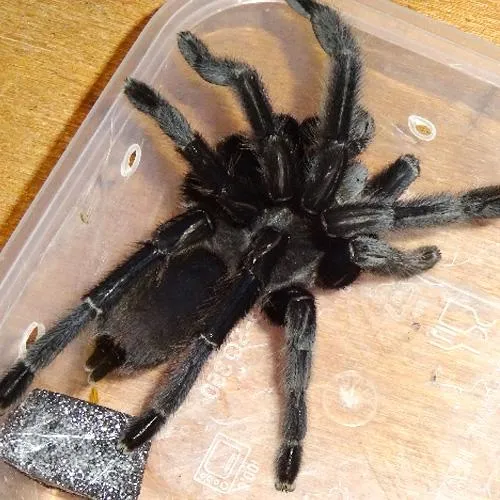
These tarantulas are primarily found in the rainforests of northern South America, including countries like Venezuela, Guyana, Suriname, and Brazil. They prefer humid environments and are often found in burrows or under rocks and logs on the forest floor. Their habitat is crucial for their survival, providing them with the right temperature and humidity to thrive. Understanding their natural environment is essential for providing appropriate care in captivity. The availability of suitable burrows and a humid climate is important for their overall health and well-being. Conservation efforts should aim to protect their natural habitat, ensuring their populations continue to flourish in their native ranges.
Diet and Feeding Habits
Despite their name, Black Bird Eater Tarantulas rarely consume birds. Their diet primarily consists of insects, such as crickets and cockroaches, as well as other invertebrates. In the wild, they may also prey on small vertebrates like lizards and rodents. They are ambush predators, waiting patiently for their prey to come close before striking with lightning speed. They inject venom to paralyze their prey and then use enzymes to digest their meal. Feeding them in captivity requires providing them with appropriate-sized insects and ensuring they have access to fresh water. A well-balanced diet is crucial for their health and longevity.
Are Black Bird Eater Tarantulas Dangerous?
While Black Bird Eater Tarantulas possess venom, it is not considered highly dangerous to humans. Their bite is often compared to a bee sting, causing localized pain and swelling. However, they also have urticating hairs on their abdomen, which they can flick off to irritate potential threats. These hairs can cause skin irritation and discomfort. While their bite is not generally life-threatening, it can be painful. Responsible handling and understanding their defensive mechanisms are crucial for minimizing any risks. Always handle with care and avoid provoking the tarantula. For those with allergies, it is best to consult with a doctor.
Lifespan and Breeding
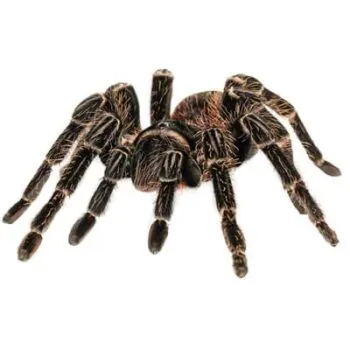
Female Black Bird Eater Tarantulas can live for 15 to 25 years, while males have a shorter lifespan, typically 3 to 6 years. Breeding them in captivity can be challenging. It requires careful preparation and a deep understanding of their mating behavior. The process involves introducing a male and female, often after the female has molted. If successful, the female will lay eggs in an egg sac, which she will protect until the spiderlings hatch. The spiderlings then go through several molts as they grow. Successful breeding in captivity is an accomplishment, but it requires expertise and dedication to ensure the health and well-being of both the adults and the spiderlings.
Interesting Facts about Black Bird Eater Tarantulas
Unique Venom
The venom of the Black Bird Eater Tarantula is not considered highly toxic to humans. Its primary function is to immobilize prey, not to inflict serious harm. The venom’s effects are typically localized, causing pain and swelling at the bite site. While the effects are generally mild, allergic reactions are possible. Scientists continue to study the venom for its unique properties. The study of spider venom has advanced considerably in recent years, highlighting its potential for use in medicine and other areas.
Defensive Mechanisms
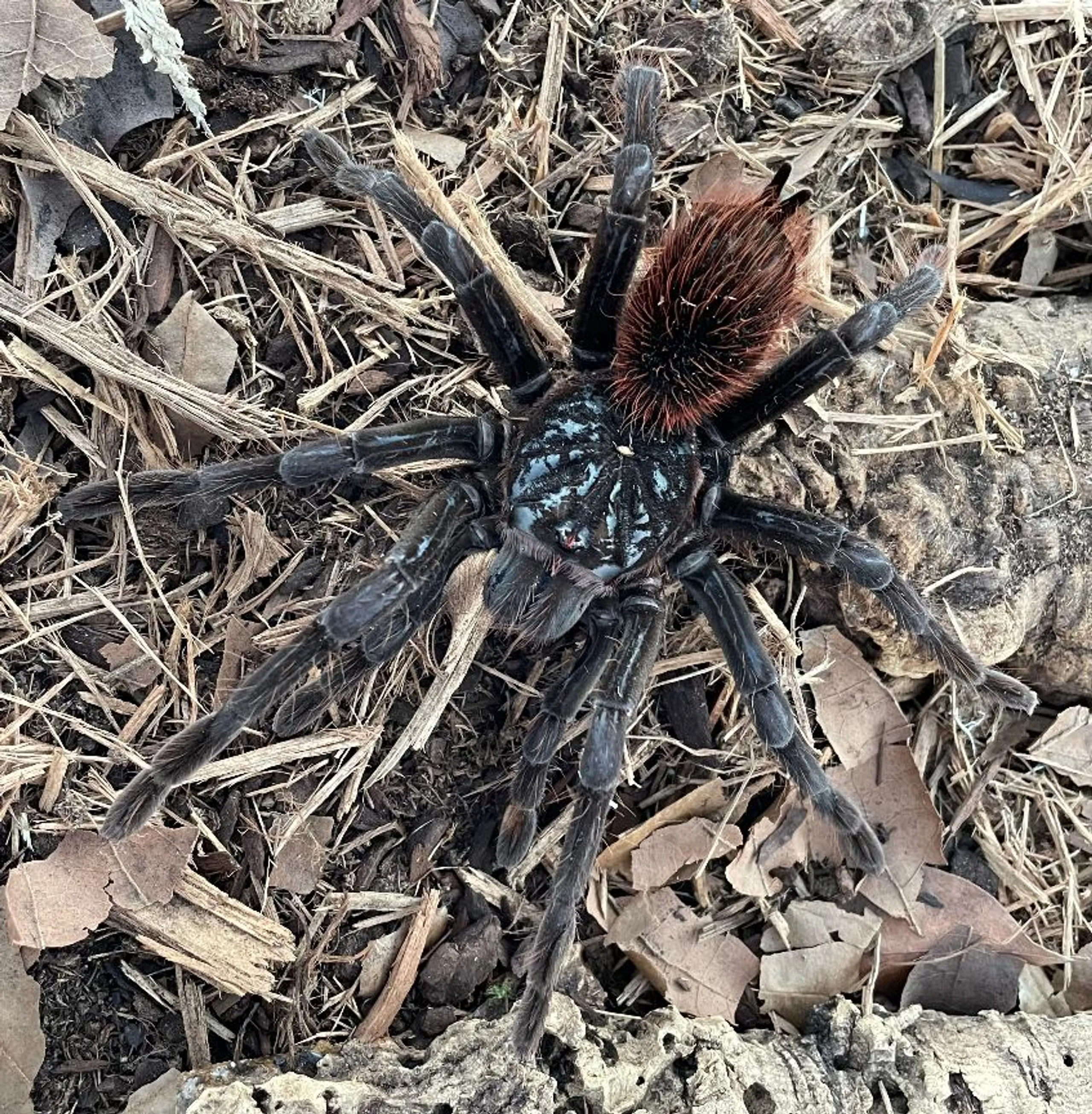
Besides their bite, Black Bird Eater Tarantulas have several defensive mechanisms. They can flick urticating hairs from their abdomen, which cause intense irritation on contact. They also have powerful fangs and a large size, which can be intimidating to potential predators. When threatened, they may adopt a defensive posture, raising their front legs and displaying their fangs. Understanding these defensive behaviors is crucial for anyone who handles them. Respecting their natural defenses is key to ensuring a safe and positive interaction. Avoiding any actions that could be perceived as a threat is important to avoid being bitten.
Molting Process
Like all tarantulas, Black Bird Eater Tarantulas shed their exoskeleton through a process called molting. This process allows them to grow and replace damaged body parts. During molting, the tarantula becomes vulnerable and should not be disturbed. They typically lie on their backs and slowly push their way out of their old exoskeleton. Molting can take several hours. After molting, the tarantula is soft and vulnerable until the new exoskeleton hardens. Providing a humid environment during molting is crucial. The successful completion of molting is an indicator of the tarantula’s health and well-being. Observing the molting process is a unique experience for any tarantula keeper.
Caring for a Black Bird Eater Tarantula
Creating the Right Habitat
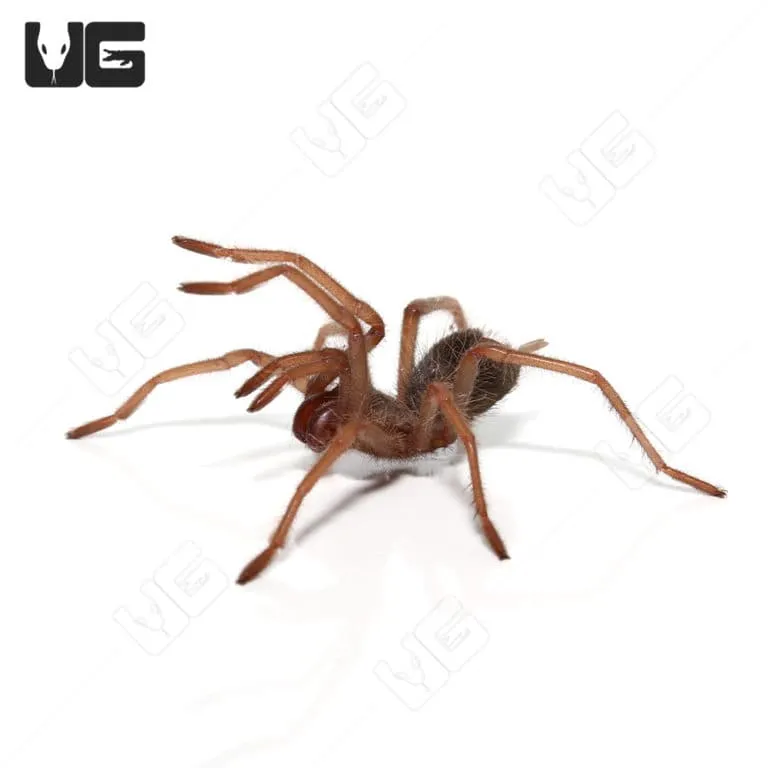
Providing a suitable habitat is essential for a Black Bird Eater Tarantula’s well-being. A large enclosure is necessary, as they are one of the largest tarantula species. The enclosure should have a secure lid to prevent escapes. The substrate should consist of a mixture of peat moss, coconut fiber, and other materials that can retain moisture. Maintain a temperature between 75 and 85°F (24 to 29°C) and a humidity level of 75-85%. Provide a water dish for drinking and a hide, such as a piece of cork bark, for shelter. Regular cleaning and maintenance of the enclosure are essential for preventing the buildup of waste. The setup should be consistent with their natural habitat to ensure their survival. A well-maintained habitat contributes greatly to the spider’s quality of life.
Feeding Your Tarantula
Feeding your Black Bird Eater Tarantula is usually simple. Crickets, cockroaches, and other insects make up their primary diet. The size of the insects offered should be appropriate for the tarantula’s size. Young tarantulas should be fed more frequently, typically every few days. Adults can be fed less often, perhaps once or twice a week. Remove any uneaten food after 24 hours to prevent mold growth. Always provide a source of fresh, clean water. Observe your tarantula’s feeding habits to gauge its health and appetite. Overfeeding can be harmful, so monitor the tarantula’s abdomen for its fullness.
Handling and Safety Precautions
Handling a Black Bird Eater Tarantula should be done with caution and only when necessary. These tarantulas are generally docile, but they can become defensive. Avoid handling them unnecessarily. If you must handle them, do so gently and slowly. Always be prepared for them to flick their urticating hairs. Avoid startling the tarantula. Wash your hands thoroughly after handling. Be aware of their potential to bite. Keep children and other pets away from the enclosure. Always be aware of potential dangers and follow best practices for safety when handling this species.
Conclusion
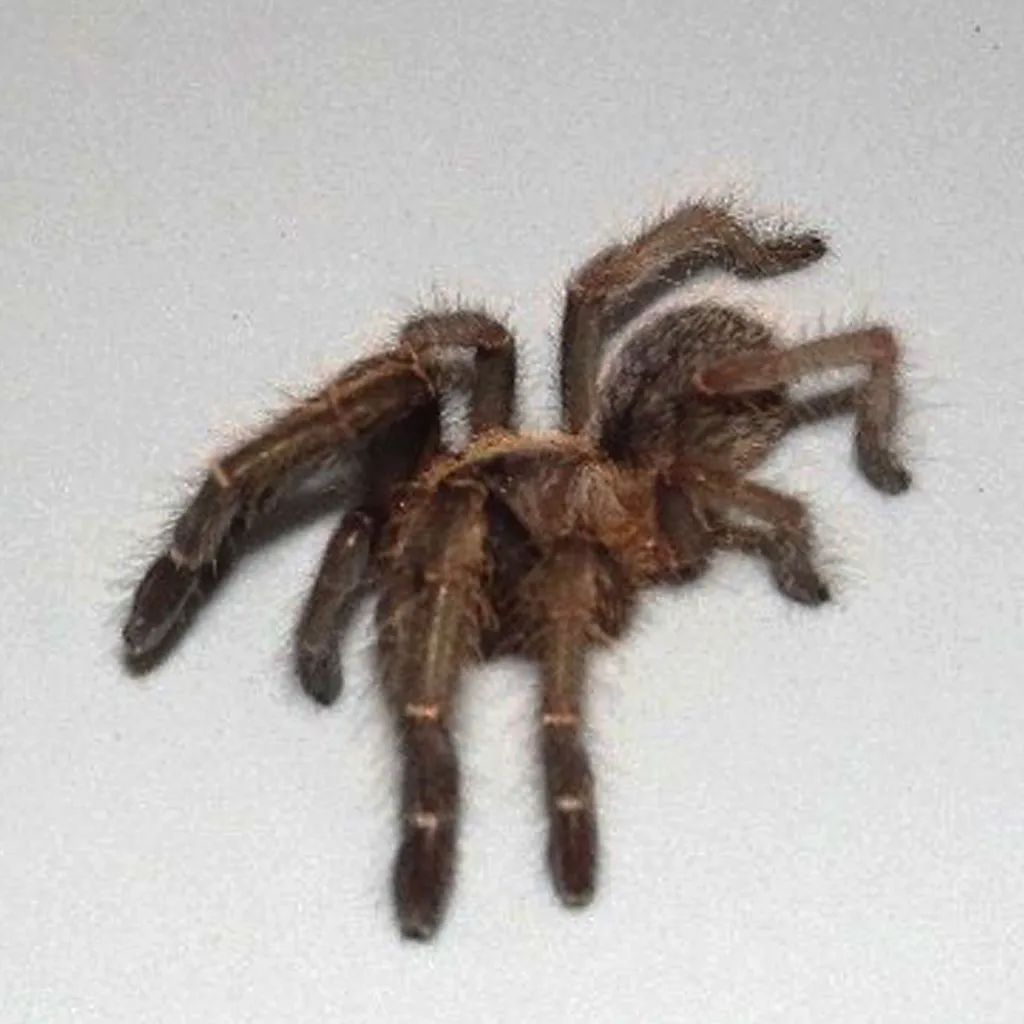
The Black Bird Eater Tarantula is a captivating creature, and this guide provides important details about this species. Understanding their natural history, care requirements, and defensive mechanisms is crucial for both those who appreciate them from a distance and those who consider them as pets. With proper care and respect, these impressive arachnids can thrive in captivity. By providing the right environment, diet, and handling practices, you can ensure that these magnificent creatures live a healthy and fulfilling life. Enjoy the wonder of the Black Bird Eater Tarantula, responsibly and with the utmost respect for these unique animals.
